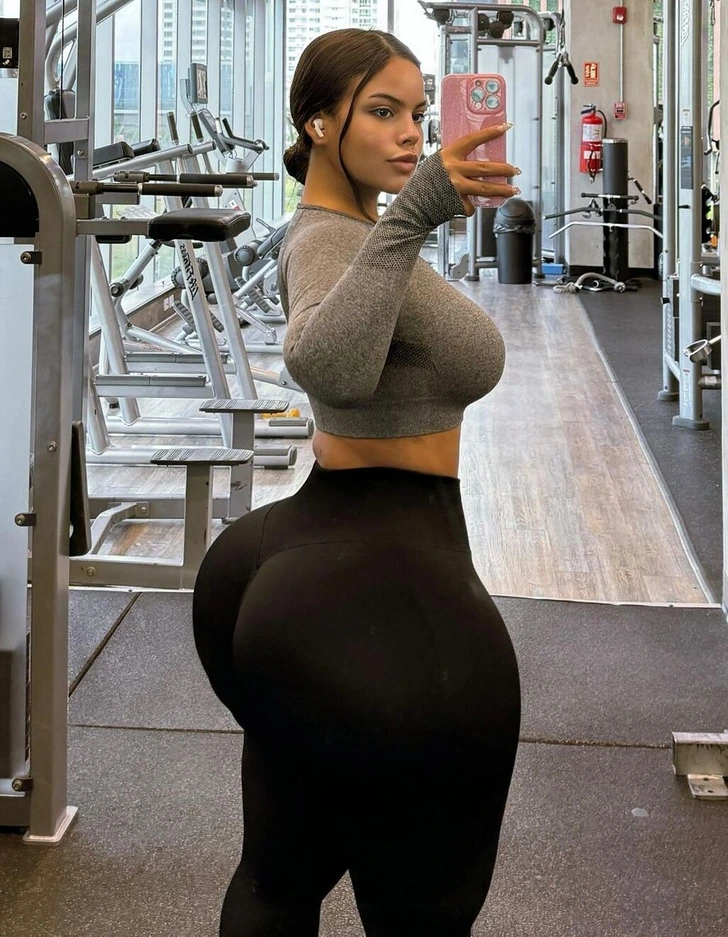
Let’s be real—airplane seats aren’t known for comfort. But when Panamanian influencer Gracie Bon posted a video showing her difficulty buckling into her seat, the internet practically exploded. The clip—simple, honest, and raw—hit a nerve worldwide. Some rallied around her, calling for more inclusive travel standards. Others? Not so kind.
This wasn’t just about a seatbelt. It quickly turned into a fierce debate about body diversity, airline accountability, and whether self-love should come with responsibility.
Video: Gracie Bon plus size fashion model | bikini photos
Social Media Split: Applause Meets Criticism
You’d think a first-class ticket would guarantee comfort, right? Not so for Gracie. In her now-viral video, she candidly explained how tight and restrictive the seat felt, even in the premium section. Her message? “Why should people have to change their bodies to fit into a seat? Shouldn’t seats be made to fit people?”
That message resonated—big time. Supporters praised her for shedding light on an issue many face silently. One user said, “Even average-sized folks struggle with those seats. She’s got a point.” Another chimed in, “We all deserve to travel without being squished.”
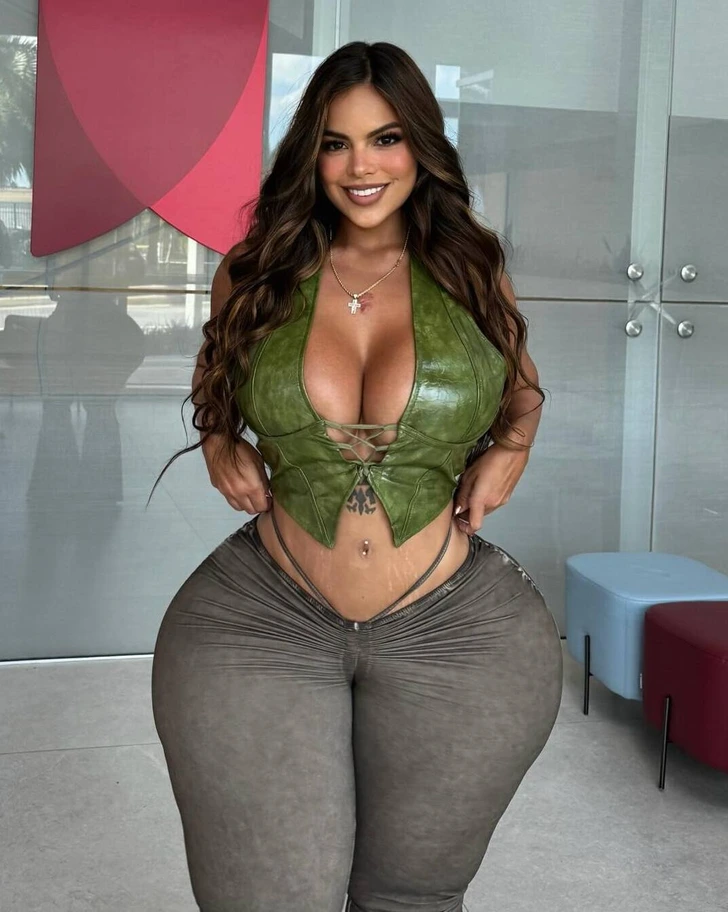
But the backlash was just as loud. Critics claimed she was avoiding personal accountability. “Buy two seats if needed,” one commenter said bluntly. Another harshly added, “Nobody made you look like that.”
The Plastic Surgery Rumors and Her Clapback
Then came the accusations. As the video made rounds, social media turned into a detective agency. Users began speculating that her figure had to be the result of plastic surgery. Her proportions, they claimed, looked too sculpted to be natural.
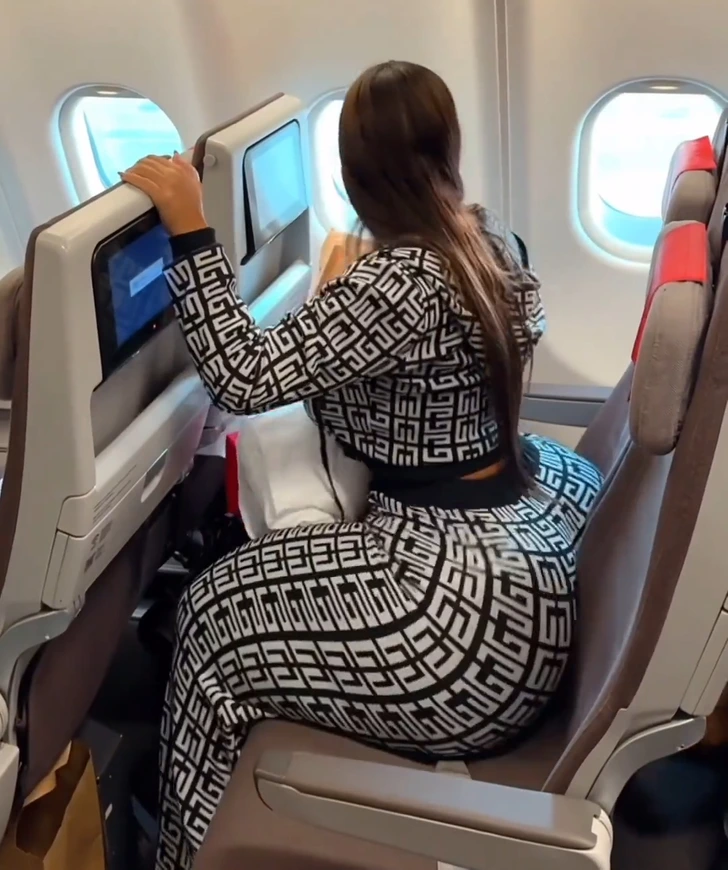
Gracie didn’t stay silent.
She posted side-by-side photos, detailing her transformation. At her heaviest, she weighed around 300 pounds. She opened up about past health struggles—joint pain, difficulty breathing, and more. After adopting a healthier lifestyle in her early twenties, she dropped 100 pounds.
Yes, she had a tummy tuck and some minor procedures to remove loose skin. But she made one thing clear: her curves, especially her hips and thighs, are all-natural.
Video: This Natural Queen SWEARS she’s natural 🤨
Airlines vs. Inclusivity: Who’s Responsible?
This entire saga opened up a much bigger question: Should airlines adjust seat designs to better fit diverse bodies?
Let’s look at the facts:
- The average airline seat has gone from 18 inches wide to around 16 inches.
- Legroom has been slashed.
- Even slimmer travelers complain about cramped quarters.
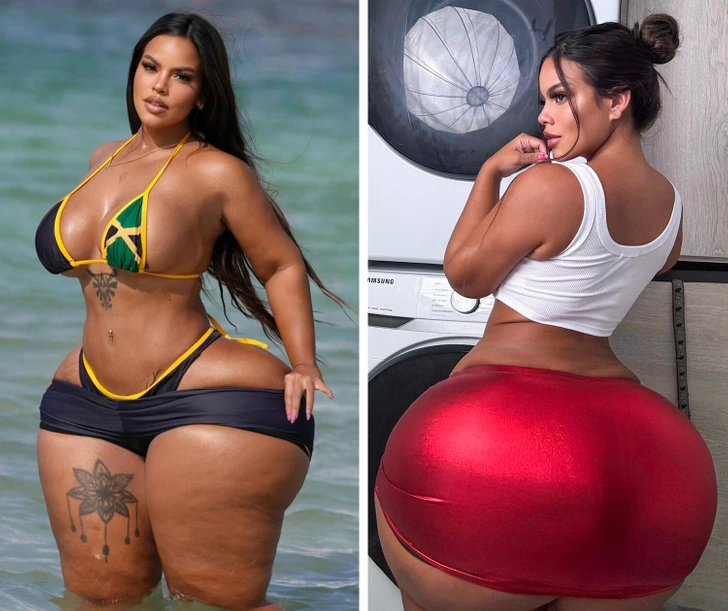
So when Gracie said, “Seats should accommodate people, not the other way around,” it hit home for many.
Of course, the other side of the aisle argues that bigger seats mean fewer tickets sold—and higher prices for everyone. That’s a tricky equation. Airlines want profits. Travelers want comfort. Something has to give.
The Bigger Conversation: Body Positivity or Unrealistic Demands?
At its core, this wasn’t just about flying. It was about what we value as a society.
Do we reshape industries to fit more body types?
Or do we ask individuals to adapt?
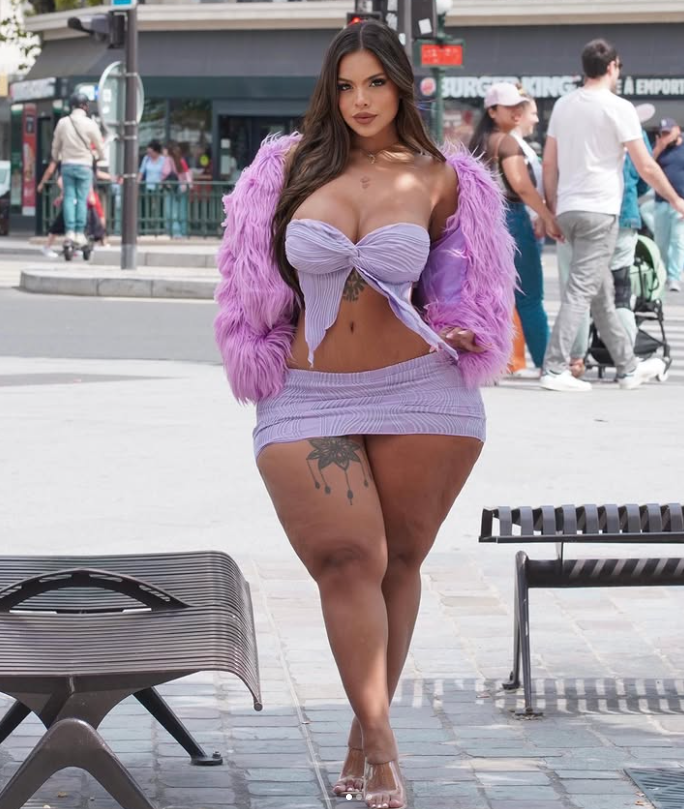
The body positivity movement encourages people to embrace themselves at any size. It’s about love, confidence, and inclusion. But some critics say it’s also used to dismiss real health risks or to demand adjustments from systems that may not be equipped to make those changes.
Gracie’s point, though, wasn’t about demanding special treatment. She was advocating for fairness. And that’s a key distinction.
Video:
Gracie bon : breaking barrier and embracing self-love || plus-size model and body positivity icon
Why Her Story Stuck With Us
Let’s not ignore what made this go viral in the first place. It wasn’t just the seatbelt. It was her vulnerability. She didn’t shout. She didn’t point fingers. She simply said, “This isn’t working—and it shouldn’t be normal.”
In doing so, she echoed the thoughts of millions who’ve felt out of place—literally and figuratively—when traveling.

Her story also highlighted how easily society can flip. One day, you’re an advocate for change. The next, you’re defending your body against strangers online.
Gracie Bon’s video might have started as a personal post, but it quickly became a cultural flashpoint. It pushed people to question the status quo. It forced uncomfortable but necessary conversations about inclusivity, accountability, and self-image in a public space.
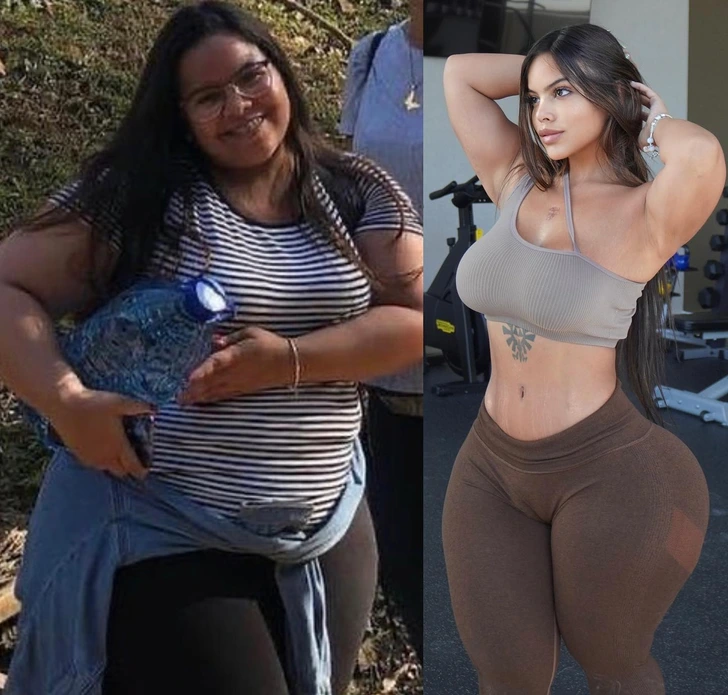
At the end of the day, this isn’t just about Gracie or airplane seats. It’s about how we design a world that either accepts differences—or punishes them.
One viral moment. Thousands of opinions. And one big question left hanging in the air: Is comfort only for the few, or should everyone get a seat that fits?